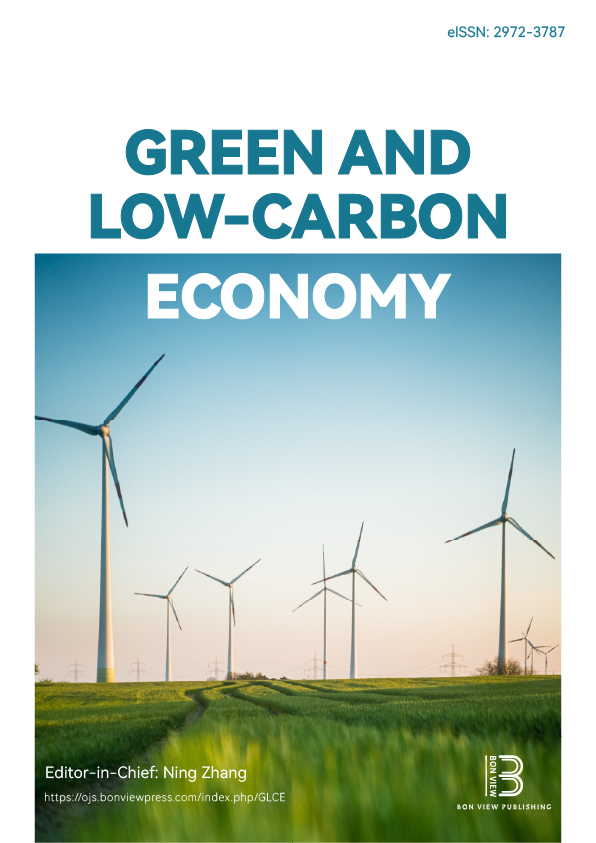Research on the Agglomeration and Spatiotemporal Development of China's Green High-Tech Industries
DOI:
https://doi.org/10.47852/bonviewGLCE42022352Keywords:
key high-tech industries in China, spatiotemporal development, industrial agglomeration, segmented industriesAbstract
Accurate understanding of the spatial and temporal development of the agglomeration of green high-tech industries holds significant importance for the scientific formulation of policies promoting industrial innovation and development. This has attracted increasing attention from scholars. Utilizing nearly a decade's worth of statistical data on China's green high-tech industries, this paper employs methods from spatial geography and other disciplines to analyze the temporal and spatial variations, as well as the agglomeration characteristics of these industries in China. A comprehensive analysis of the development levels of China's high-tech industries and their sub-sectors is conducted through calculations of spatial Gini coefficients, industrial concentration ratios, location quotients, and coefficients of variation.Results indicate that the four key indicators of the development of China's major high-tech industries, namely the number of enterprises, employment figures, operating income, and profits, exhibit linear growth trends. Overall, the agglomeration level of the industry shows a fluctuating downward trend. The regional agglomeration level follows a gradient distribution trend of "eastern region - central region - western region - northeastern region," with a decreasing concentration trend. Regional disparities in the agglomeration level of industries evolve over time, with an increasing concentration in the western and central regions, and a decreasing concentration in the eastern and northeastern regions. From a provincial perspective, Guangdong and Jiangsu provinces stand out with significantly higher levels of development in high-tech industries.Furthermore, distinct differences are observed in the development processes of four typical industries. The agglomeration levels, ranked from high to low, are as follows: computer and office equipment manufacturing, electronic information and communication equipment manufacturing, medical device manufacturing, and pharmaceutical manufacturing,the development of the four types of industries has undergone certain transfers and optimizations.
Received: 22 December 2023 | Revised: 20 February 2024 | Accepted:26 February 2024
Conflicts of Interest
The authors declare that they have no conflicts of interest to this work.
Data Availability Statement
Data available on request from the authors.
Author Contribution Statement
Bin Zheng: Conceptualization, Validation, Formal analysis, Writing - original draft, Writing - review & editing, Visualization, Project administration. Wenfeng Chen: Methodology, Investigation, resources, data curation, Supervision. Lianshui Li: Conceptualization, Software, Visualization, Supervision, Funding acquisition.
Downloads
Published
Issue
Section
License
Copyright (c) 2024 Authors

This work is licensed under a Creative Commons Attribution 4.0 International License.
How to Cite
Funding data
-
National Natural Science Foundation of China
Grant numbers 72372121


